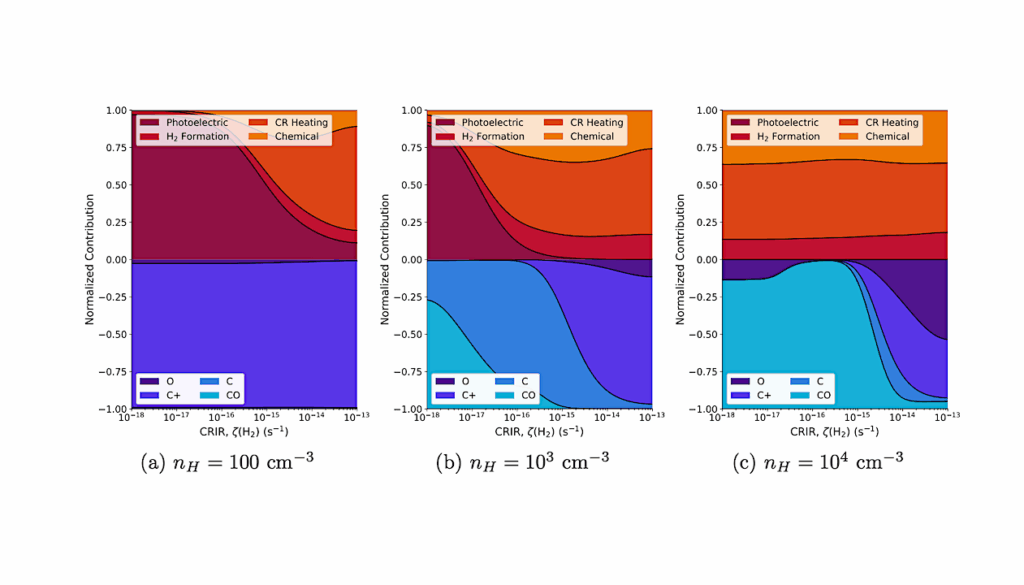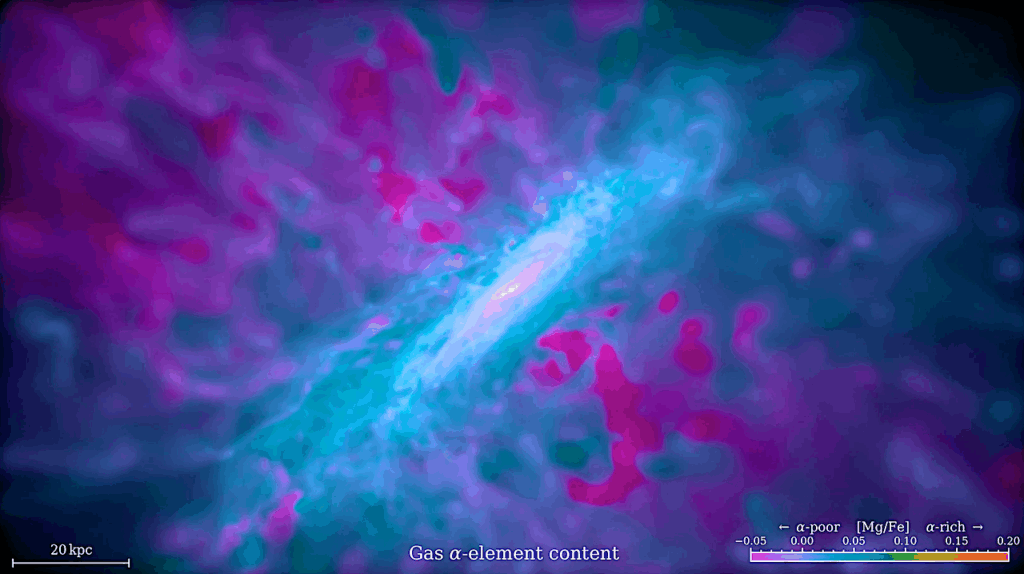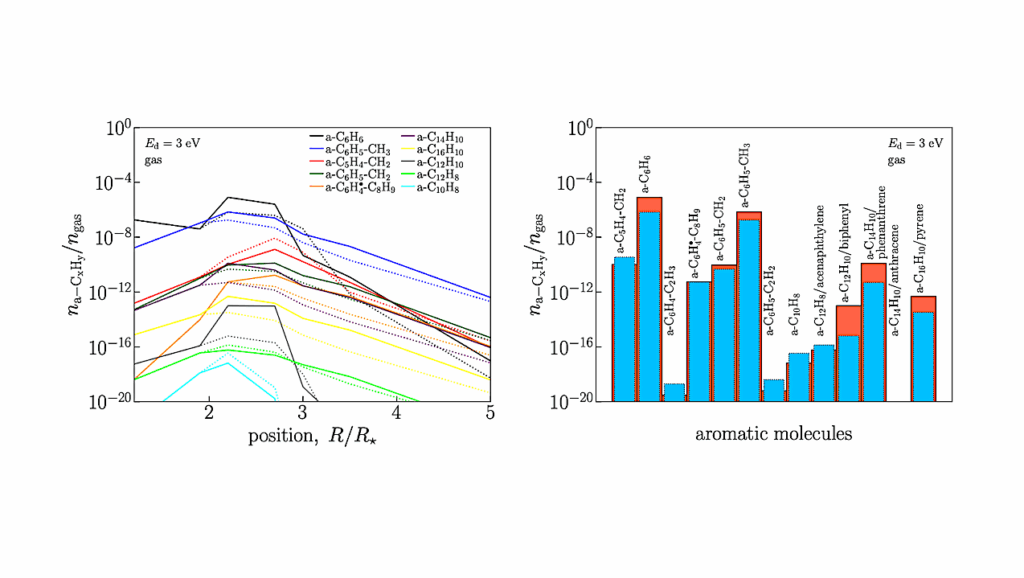Discovery Of Novel Primitive Xeno Nucleic Acids As Alternative Genetic Polymers

The chemical origin of life on Earth is a puzzle that scientists have been trying to piece together for decades. Many hypotheses have been proposed to explain how life came to be and what chemical and environmental factors on early Earth could have led to it. A step required in a number of these hypotheses involves the abiotic synthesis of genetic polymers—materials made up of a sequence of repeating chemical units with the ability to store and pass down information through base-pairing interactions.
One such hypothesis is the RNA (ribonucleic acid) world hypothesis, which draws from this concept and suggests that RNA could have been the original biopolymer of life both for genetic information storage and transmission, and for catalysis. However, in the absence of chemical activation of RNA monomers, studies have found that RNA polymerization would have been inefficient under primitive dry-down conditions without specialized circumstances such as lipid or salt-assisted synthesis or mineral templating. While this does not necessarily make the RNA world hypothesis less plausible, primitive chemical systems were quite diverse and could not have possibly been as clean to just contain RNA and lipids, suggesting that other forms of primitive nucleic acid polymerization may have also taken place.
One of the major hypotheses suggests that perhaps a different type of nucleic acid, termed “pre-RNA,” could have preceded RNA on early Earth. Thus, a potentially promising way of investigating the origins of genetic polymers is to not only focus on synthesis of RNA under prebiotically plausible conditions, but also investigate other currently unknown mechanisms of prebiotic synthesis of non-RNA nucleic acids (or nucleic acid-like polymers) that could have existed on early Earth, such as co-polymerization of monomers of alternating nucleoside analogs with linker molecules.
A team of researchers from Tokyo Institute of Technology, led by Research Scientist Ruiqin Yi, took up the task of examining such co-polymerizations in a non-RNA-based prebiotically relevant genetic polymer candidate. In their recent breakthrough published in Chemical Communications, the team explored alternating co-polymerization of glycol nucleic acid (GNA) monomers with substituted and unsubstituted dicarboxylic acids (DCA) under primitive dry-down conditions to produce both linear and branched xeno nucleic acid co-polymers.
“Research suggests that putative pre-RNA molecules could be assembled from monomers with linkers that potentially served to conjoin other functional polymers to form macromolecular hybrid structures,” explains Dr. Yi. “This additional chemical interconnectivity not only increases the complexity of the polymers, but also may have imparted them with novel or emergent functions. Such polymer co-synthesis can potentially help trace the origin of primitive genetic molecules back to an era before enzymatic catalysis or RNA.”

Dry-down conditions may generate highly diverse polymers that could undergo selection and evolution CREDIT Tokyo Tech
To investigate the co-synthesis of polymers, GNA monomers N1-(2’,3’- dihydroxypropyl)thymine (DHPT) or N9-(2,3-dihydroxypropyl)adenine (DHPA) (which contain the thymine and adenine bases observed in modern DNA and RNA, respectively) were reacted with a range of substituted and unsubstituted DCAs via dehydration synthesis to form ester bonds capable of connecting the GNA components with the DCA components. The synthesized product molecules were then subjected to matrix-assisted laser desorption ionization time-of-flight mass spectrometry (MALDI-ToF-MS) to analyze the types of products that could potentially be produced.
The results revealed that reactions with unsubstituted DCAs produced alternating linear co-polymers, while the ones with substituted DCAs produced both linear and branched co-polymers; in all cases, the products were composed of a polydisperse population of polymers of different lengths. By varying the DCA or GNA composition, temperature, or reaction pH, products of different lengths could be obtained. When MS/MS analysis was applied to “sequence” the product polymers, it was revealed that the DCA/GNA ratio affected the amount of branching of the products; higher DCA/GNA ratios resulted in more branching, while lower ratios resulted in more linear polymers.
Finally, the team also found that the mixed reaction of DHPT and DHPA with ʟ-tartaric acid led to the formation of a random sequence of polymers consisting of both types of bases (thymine and adenine), which themselves can typically base-pair. These products indicate a potential pathway for this system to form short-chained polymers capable of genetic information transmission via base-pairing, similar to RNA or other primitive nucleic acids.
The results of this research thus suggest that both branched and linear GNA–DCA-based xeno nucleic acid co-polymers might have been abundant on early Earth if the inventory of prebiotic organic molecules had a diverse composition, and that simple differences in the chemical composition could have led to population-level differences in abundance of branched vs linear informational polymers.
For example, in environments with less GNA monomers compared to DCA molecules, branched polymers would have dominated, which could have been related to hyperbranched polymer-based globular protoenzymes. Conversely, in environments with more GNA monomers compared to DCA molecules, a potentially highly diverse population of linear polymers capable of storing and passing down genetic information would have dominated, which could have resulted in further selection and evolution leading to other novel functions or nucleic acids.
“We found that not only could non-canonical xeno nucleic acids be formed through simple dehydration of two types of abundant primitive molecules (GNA and DCA), but also that these polymers (which contain two types of complementary bases) could have had useful information storage properties. We’re now in the process of diving deeper into the potential functions of these co-polymers and hope to uncover more answers to questions about the types of polymers that could have existed and functioned on early Earth,” concludes Dr. Yi.
It certainly seems we’re one step closer to unraveling the mystery surrounding the origin of terrestrial life!
Alternating co-synthesis of glycol nucleic acid (GNA) monomers with dicarboxylic acids via drying, Chemical Communications
Astrobiology








